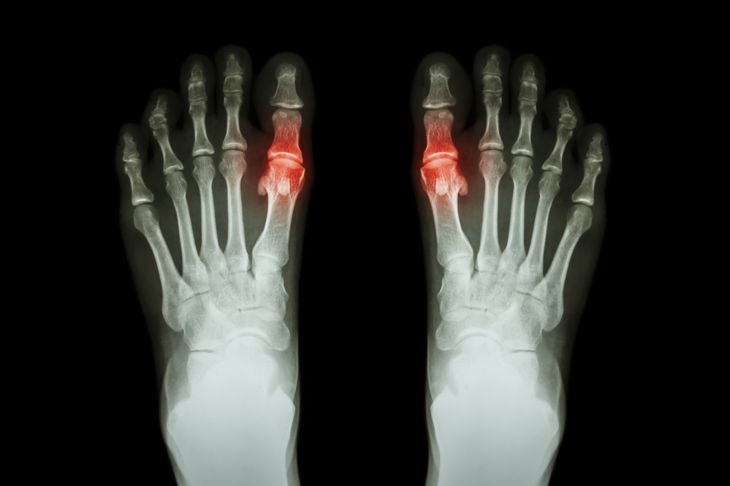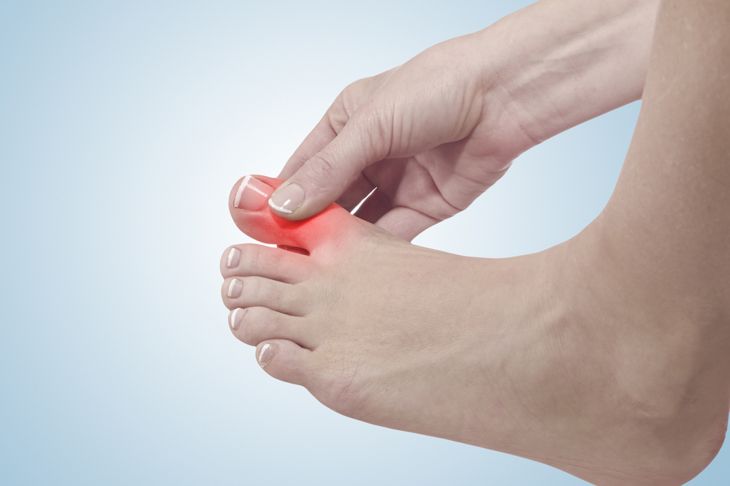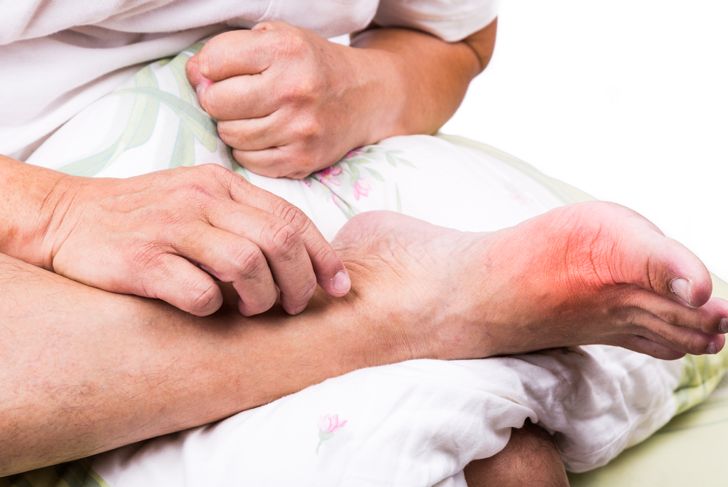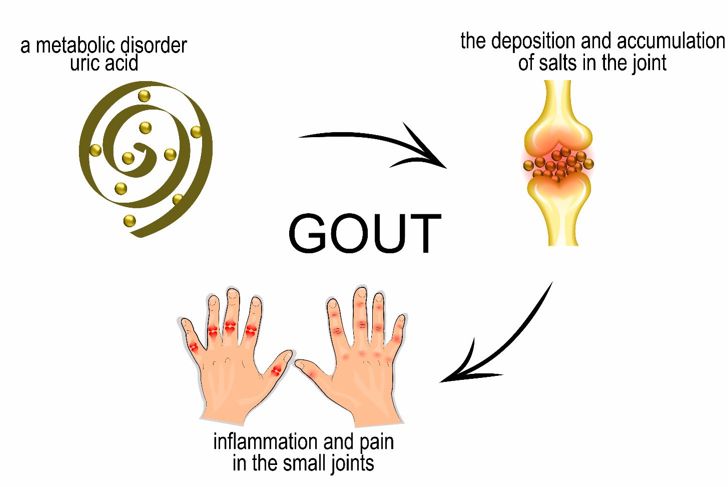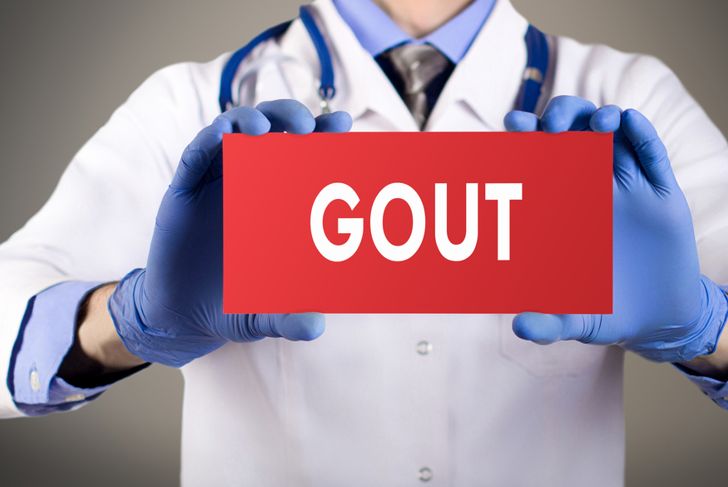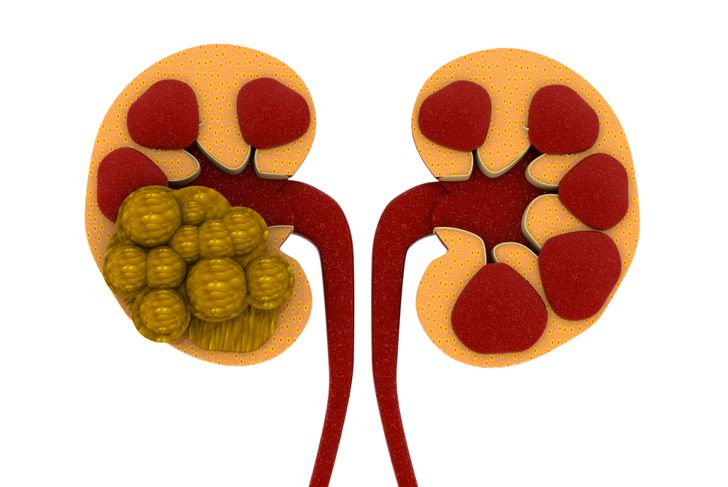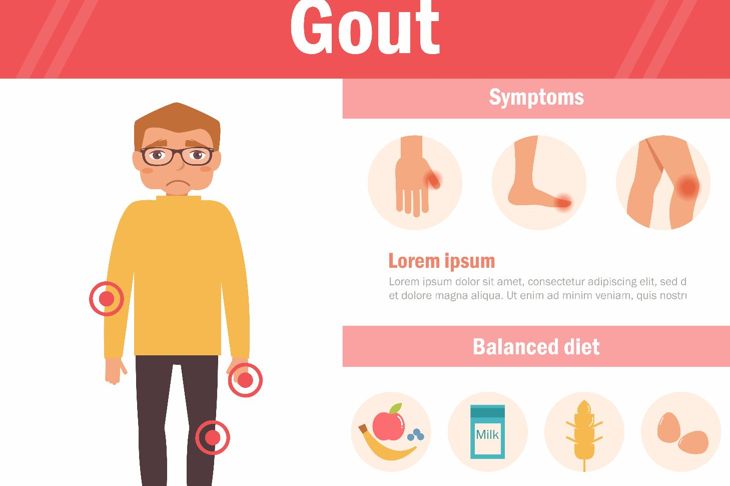Gout is a type of arthritis that affects a wide range of individuals. While lovers of meat and wine are more at risk than others, people with it in their family history, are overweight, and those on certain medications, also face higher risks than the general population. Statistics show that men in their 40s are more likely to develop it than other groups.
Uric acid crystals are found in joint fluid
The appearance of uric acid crystals in joint fluid is a classic sign of gout that doctors expect to find. They normally extract some synovial fluid from the joint and examine it for the presence of these crystals. Although if the crystals are found this confirms the diagnosis, this is not to say that if they are absent, the patient is free of gout. The crystals might also be found in other areas, so the doctor needs to carry out additional tests. Since the symptoms are easily confused with those of other conditions it may take time to reach a definite diagnosis.
Very high uric acid levels
In addition to checking for uric acid crystals, doctors will measure the levels of this acid in the body. Gout causes an overproduction of uric acid. This condition is known as hyperuricemia. Although it is one of the best-known signs of gout, it also might have other causes. Therefore, even though most sufferers of gout also have hyperuricemia at some point in their illness, the fact that someone has hyperuricemia does not mean they have or will definitely develop it.
Gout is worse at night
Another characteristic sign of gout is the way that attacks usually start at night or very early in the morning. If someone tends to feel bouts of arthritic pains at these times of the day, they ought to get checked. The pain sometimes reaches the level where it disturbs a person’s sleep so whoever develops this condition is sure to know about it.
Varying pain levels
Gout is a progressive disease whose effects may be spread over many years. Initially, the affected individual might have a relatively slight twinge of pain in a leg joint. This situation may continue some years before the more severe pain levels start to affect them. Normally the onset of gout pains occurs in the fingers and toes, and later it spreads to leg joints. A full attack may take about half a day to develop. Attacks may last anything from a few hours to several weeks.
Single or multiple joints may be affected
Gout may take one of several patterns. A monoarticular Gout is a form of the disease that affects just a single (mono) joint. In the majority of cases, men in their 40s find that they start to feel the pains in their big toe, but it can also strike the ankle or knee. There is also a type that affects multiple joints, and this is known as Polyarticular Gout. Most commonly it develops in the ankle or foot on one side of the body only.
Running a fever
Gout shares this sign with many other kinds of disease, and so it becomes one of the symptoms that can make it hard to reach a diagnosis without additional medical tests. Someone who suffers from Polyarticular Gout is more likely to develop a fever, but it usually stays at a fairly moderate level. The fever may be accompanied by a general feeling of malaise.
Upsurges and remissions
Gout usually follows a pattern of upsurges followed by breaks. In many cases, patients note that after the first attack signs of the illness totally disappear. However, hopes that this was a one-off health issue are likely to prove false; unless the patient is effectively treated immediately, it is probably going to come back within a couple of years. Ten years further down the list, the vast majority of patients suffer from repeated attacks.
Signs on the skin
Some notice that it causes areas of their skin to become red and shiny. If they do not receive effective treatment at a much later stage of the illness accumulations of uric acid crystals might break through their skin to produce marks that some compare to the eyes of crabs. Doctors cause these skin deformations tophi, and they name this intense version of the illness Chronic Tophaceous Gout and Tophi.
Development of kidney stones
Medical researchers have discovered that if it is not properly treated it may contribute to the development of kidney stones. Surveys have shown that up to a quarter of gout sufferers get kidney stones. This statistic shows that they are therefore over a thousand times more likely to have this additional help problem than the general population.
Loss of appetite
Some might think that a loss of appetite might not be such a bad thing for those with a disease sometimes caused by overindulgence, but it does pose additional health risks. Those with the most severe cases of gout sometimes experience appetite loss, but if they do not eat and drink sufficiently to meet their body’s needs, new medical issues could develop.
An invisible sign
Gout can develop in the patient’s body for as many as thirty years without them noticing any symptoms that alert them to this problem. During this time levels of MSU crystals slowly accumulate. Doctors call this stage of gout Asymptomatic Hyperuricemia.
Feeling chilled
Someone without medical knowledge is unlikely to make an association between chills and gout, but this can be a symptom of an acute stage of gouty arthritis. Obviously, if somebody feels chilled all of a sudden, gout is one of the more unlikely diagnoses, but if they also have some joint pain, it can help confirm that gout is the source of both of these problems.

 Home
Home Health
Health Diet & Nutrition
Diet & Nutrition Living Well
Living Well More
More